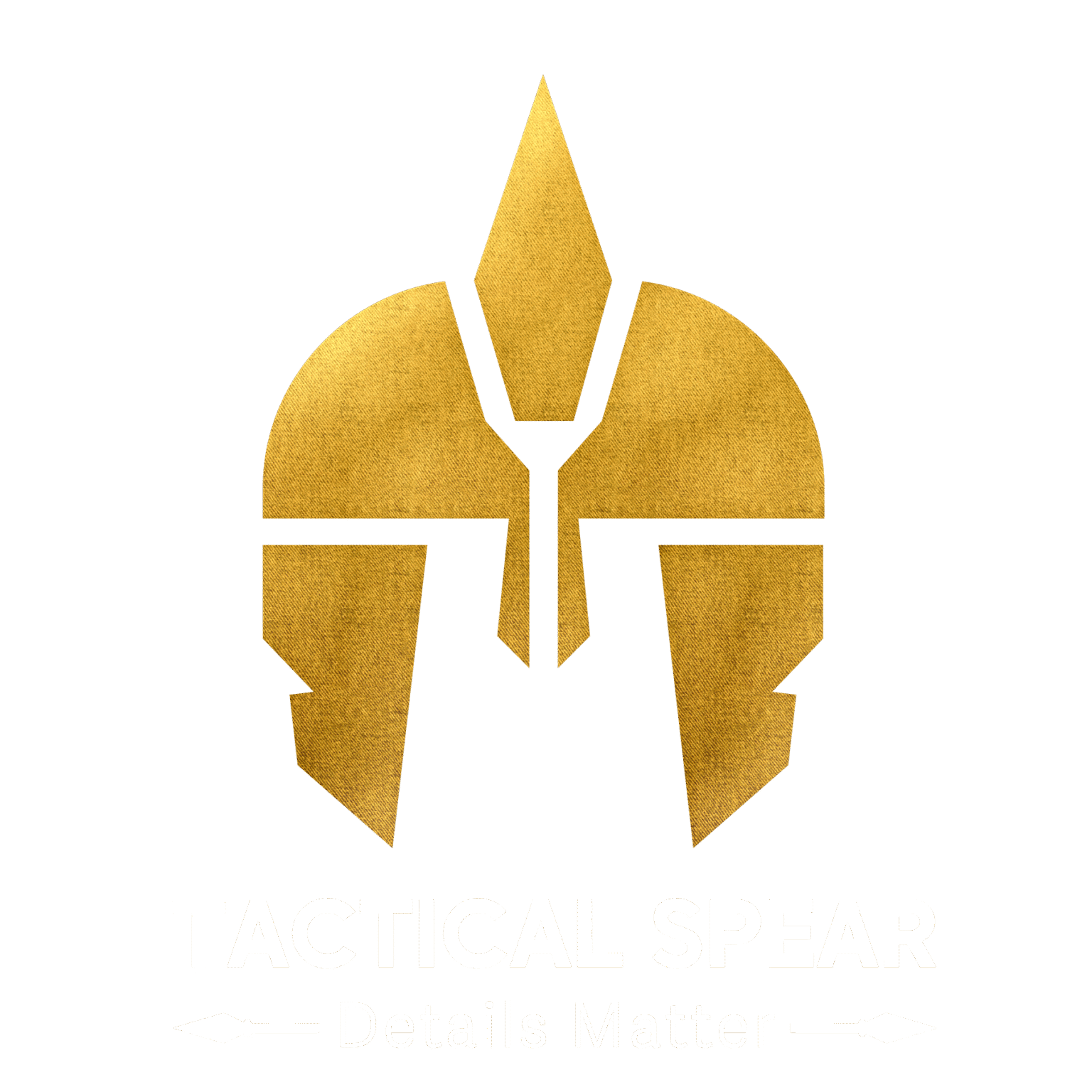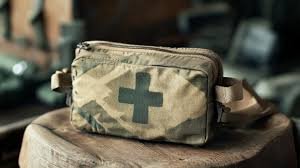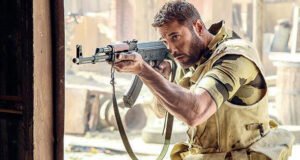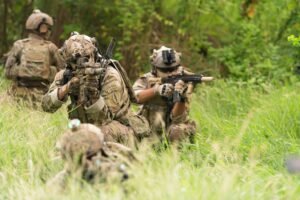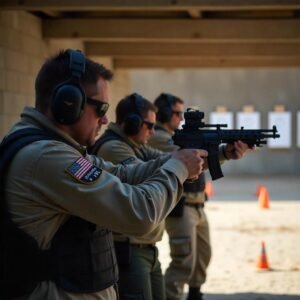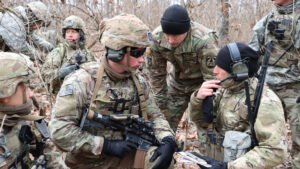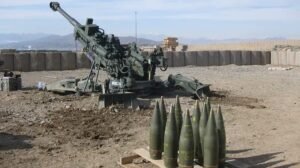Discover how distance in a combat situation impacts both the attacker’s and defender’s skill requirements, decision-making time, and available options.
👊 From the Attacker’s Perspective: Distance Is a Tactical Advantage
Keywords: attacker strategy, combat distance, CQB tactics
Description: How distance simplifies the attacker’s task and reduces the skill needed to be effective.
When you’re the attacker, closing the distance increases your effectiveness. Here’s how:
Higher Accuracy:
At close range, accuracy improves significantly. For example, if an attacker is right next to you with a handgun, hitting the target becomes almost guaranteed. But from 25 meters out, hitting you accurately becomes much more difficult. The closer the attacker, the less skill is needed to succeed.
More Weapon Options:
As the attacker gets closer, their range of usable weapons expands:
Distance Weapon Options
1000 meters______ Sniper rifle (requires high skill)
500 meters______ Sniper or assault rifle (AK, M4, etc.)
25 meters______ Rifle, handgun, grenade
5 meters______ Handgun, knife
1 meter______ Handgun, knife, punches, kicks, bites
Tactical Insight: The closer an attacker is, the less training they need. Firing a sniper rifle demands years of skill. Firing a handgun at close range? Almost anyone can do it effectively. And stabbing someone? Even less training is needed. Punching and biting? No training at all.
From the Defender’s Perspective: Distance Provides Tactical Choices
Maintaining distance buys the defender time, options, and decision-making capacity.
While attackers benefit from closing the gap, defenders rely on distance to increase survival odds.
More Defensive Options:
If you’re being attacked from 25 meters away, you have many possible responses:
- Run for cover
- Hide behind a barrier or wall
- Retreat outside the attacker’s range
Launch a preemptive attack
As the attacker moves closer, your defensive options diminish rapidly. Eventually, all that’s left is to either cover yourself or fight back with limited time and space. Even if you’re highly skilled—say, trained in judo, boxing, or firearms—your skills become less effective in extreme close quarters.
Reaction Time Shrinks:
Distance gives you more time to observe, decide, and act. If an attacker is far away, you might see them drawing a weapon, changing posture, or making sudden moves. That gives your brain time to process the situation using the OODA loop (Observe–Orient–Decide–Act).
As the attacker gets closer, your reaction time shrinks drastically. At point-blank range, you don’t have time to think or react properly.
You might make poor decisions or freeze entirely—not because you lack training, but because the time window is too small.
Combat Note: In close encounters, you don’t get the luxury of analysis. Your decision has to be immediate—and that’s dangerous, even for experienced fighters.
Tactical Summary
Distance Attacker’s Advantage >< Defender’s Disadvantage
Close (0–5m) High accuracy, many weapons >< Low reaction time, limited options
Medium (5–25m) Moderate accuracy, some skill needed >< Some time to react, some tactical space
Far (100m+) Requires skill & precision ><More time
📌 Final Thought: Distance = Decision Power
Maintaining distance is more than safety—it’s control over the battlefield.
Whether you’re a professional operator, security officer, or just serious about personal defense, one principle is clear:
“Distance gives you control. Closeness gives the enemy opportunity.”
Mastering distance management means mastering your tactical environment. Train for it. Plan for it. Respect it.
